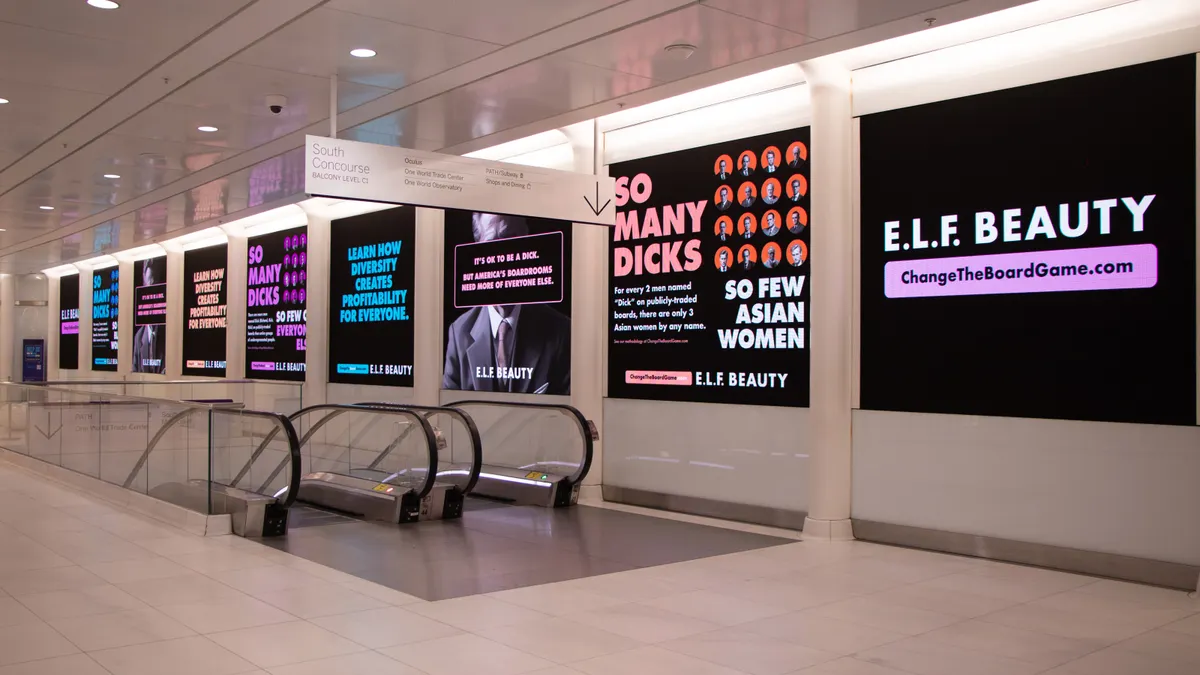Editor's Note: The following is a guest post from Bryan Buskas, chief customer officer at AdColony.
Nearly half of mobile app marketers said playable ads are what they're "most excited" about this year, with 71% noting that they find playable ads to be "effective at engaging with audiences." Playables are currently being used by 64% of the world's top app install marketers, and budgets assigned to them are growing.
Yet, the total ad spend share on playables is still in the single digit percentages and many marketers in verticals outside of mobile gaming are reluctant to dive in. They're hesitant to experiment with using interactive snippets of gameplay to attract, engage and convert mobile users.
Why is this the case? I've outlined a few of the excuses I've heard from brands and non-gaming advertisers and included my thoughts on why they're just myths.
Myth 1: I'm not a mobile gaming company
That's right, you're not. So, your KPIs may not be as straightforward as those enjoyed by your Candy Crush and Clash Royale counterparts, but think about how much brand marketers have learned from watching the mobile-first companies crush the performance space. Data drives their decisions: how they track, optimize and maximize their spend in real time in ways that brand advertisers struggle to do.
Many brand marketers have taken a page out of the gaming playbook, utilizing the same tactics to drive their own app installs and increase conversions of high-value, downstream actions. Mobile gaming companies have proven that playable ads can be very effective, just as they discovered for rewarded video and other innovative mobile ad formats. Now it's time for non-gaming brands to adopt this format and customize it to benefit their own brand if they want to stand a chance competing for valuable mobile ad impressions.
Myth 2: There's nothing 'play' about my brand
One challenge of being a non-game app trying to break into playables is not being able to create a "mini-game" that simply mirrors your app experience as a "try before you buy" tactic. But non-game marketers can also think outside the box, perhaps with a mini-game that isn't directly related to their app experience, but more broadly related to their industry or business. For instance, Buffalo Wild Wings created a game-like experience where users could try to catch its signature Foodoo character as it came in and out of view on a smartphone screen. In doing so, the viewer left virtual chicken wing sauce fingerprints wherever they had touched the screen. That's one great way to bring "play" to a brand even when it's not so obvious.
Another effective tactic is to bring popular, well-known games from real life to the mobile screen — especially timed around major sporting events like the NFL season or the Olympics. A number of brands in the automotive or food and beverage space, for example, have used expandable mobile web banners where users can "kick a field goal" or "shoot a penalty kick" to win. These interactive gaming elements draw users in, making them more likely to take additional actions like viewing bonus video content, downloading a coupon or making an appointment to visit a local dealership. These types of campaigns have worked on the mobile web, but using playable technology and in-app ads can take the experience to another level.
Entertainment brands like Disney are also doing a great job at "gamifying" their theatrical releases, using playables as a way to let mobile users interact with the characters and scenes from a movie trailer, as they did recently with "Pirates of the Caribbean: Dead Men Tell No Tales." The mobile trailer ad featured a virtual treasure hunt where users could collect items by tapping the screen and be rewarded with access to additional video content from the film.
Myth 3: Playables take too long to build and load
It's true that playables are not the easiest or fastest ad format to make. Depending on the level of sophistication, they can be complicated and time-consuming to produce. Think about any truly interactive and compelling ad format — none of them are going to be simple to create. As mobile ad companies get more experience with the format, though, we'll likely see the production process improve and timelines shrink.
However, when it comes to the pushback around loading time, that's mostly inaccurate. Playables, like other interactive ad formats, can be pre-loaded on a Wi-Fi connection when running in apps that use a mobile ad SDK, so there will be no buffering on the user's part before they can start playing.
Myth 4: Time spent and engagement don't matter for me
For gaming advertisers, we can see how the KPIs of time spent in the ad experience and engagement metrics around "how" the user is playing might be less important than the actual conversion. After all, that's what performance marketers really care about! Still, the more engagement metrics you can measure, the more accurate you'll be in understanding the micro-efficiency of that ad and even your app. Also, more time spent means a higher investment of energy and a deeper level of trust and affinity for the game and the brand, which often translates to higher lifetime value (LTV) and revenue from in-app purchases or other conversions.
For non-gaming advertisers, there are two additional benefits of the deeper immersion and interactivity of playables. First, many users will choose to play again, which doubles their experience and reinforces the brand experience and messaging even further. Second, the interactive elements have been proven to increase brand recall and result in higher levels of brand awareness, which is interesting for advertisers who value those outcomes.
Myth 5: They cost too much
Are playables cheap? No. But is mobile video cheap? Not really. Yet advertisers continue to invest more and more in mobile video simply because it works.
Really what it comes down to is how playables, just like mobile video, fully leverage the power of sight, sound and motion to attract and engage users. Plus, they're inherently more enjoyable, and fun to engage with. Like the powerful or clever video ads that viewers talk about and share on social media, playable ads are a format that users actually prefer to encounter.
On top of this, playable ads are traditionally opt-in placements where users are more receptive to ad messaging since they've fully consented to experiencing an ad. And, since there is often the option to exit, the user is in full control and the experience is positive from start to finish.
"Gamification" has been around for decades, but in the past 10 years it's picked up momentum once again, this time on mobile. Mobile is perfectly poised for it, and marketers that are harnessing the power of games and play with compelling interactive and playable ads are likely to be rewarded with positive brand associations, mobile conversions and strong connections with consumers.












